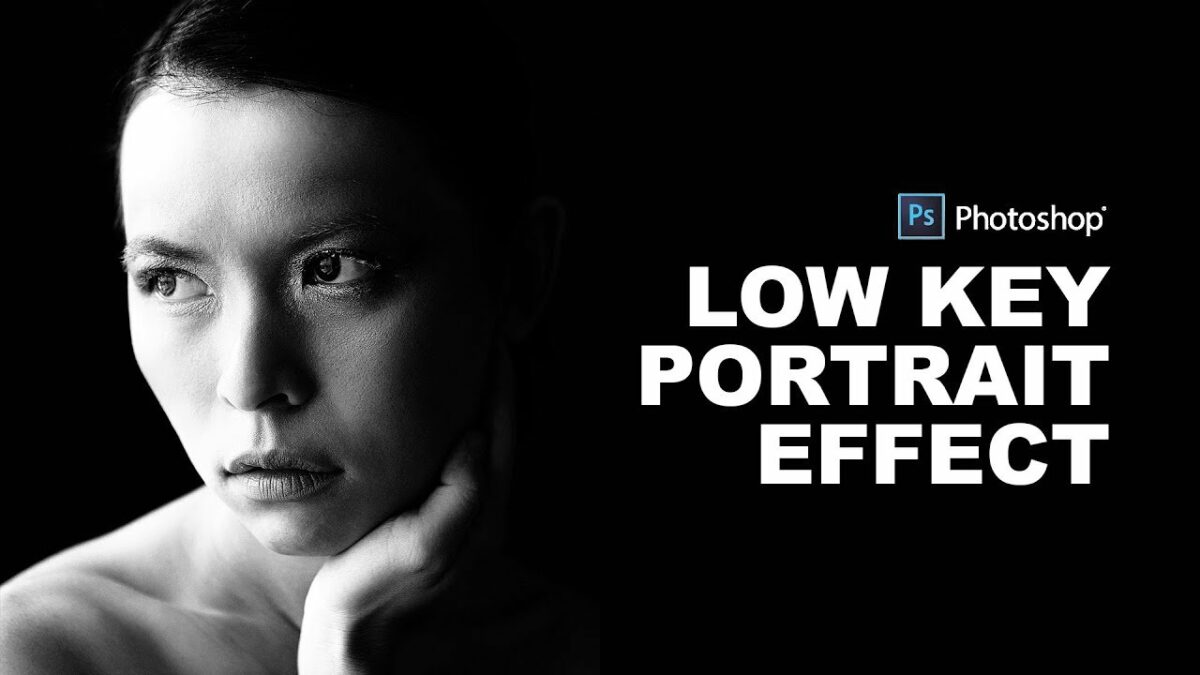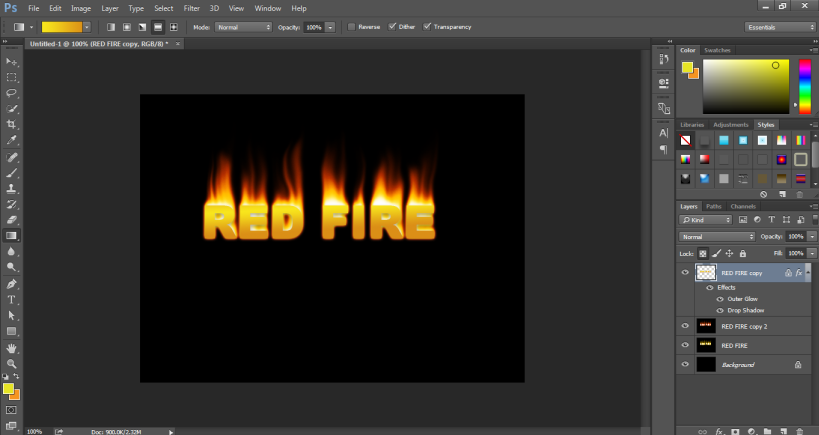Introduction:
In the realm of photography and digital artistry, mastering the low key lighting portrait effect stands as a captivating technique that adds drama, mystery, and a touch of elegance to images. Inspired by the chiaroscuro technique of classical art and the cinematic atmosphere of film noir, this effect transforms ordinary portraits into visually striking compositions that command attention and evoke emotion. Whether used in portrait photography, digital art, or graphic design, mastering the creation of low key lighting portrait effects in Adobe Photoshop offers photographers and artists a versatile tool for unleashing their creativity and elevating the impact of their artwork. In this comprehensive guide, we will embark on a journey through step-by-step techniques, expert tips, and creative strategies to master the art of creating low key lighting portrait effects in Photoshop.
Understanding the Low Key Lighting Portrait Effect:
The low key lighting portrait effect aims to create portraits with predominantly dark tones and subtle highlights, resulting in a moody, dramatic atmosphere. This effect emphasizes contrast, shape, and form, often highlighting the subject’s features while shrouding the background in darkness. By leveraging techniques such as adjustment layers, layer masks, and selective editing, photographers and artists can achieve stunning results that captivate viewers and convey a sense of mystery and intrigue.
Now, let’s delve into the step-by-step process of creating low key lighting portrait effects in Adobe Photoshop:
Step 1: Selecting the Base Image:
Begin by selecting a suitable base image for the low key lighting portrait effect. Choose a portrait with strong lighting and distinct features, as these will be emphasized by the low key lighting technique. Look for images with dramatic shadows and interesting facial expressions to enhance the overall mood of the composition.
Step 2: Duplicating the Background Layer:
With the base image selected, duplicate the background layer by pressing Ctrl/Cmd + J or by right-clicking on the layer and selecting “Duplicate Layer.” This duplicate layer will serve as the base for applying the low key lighting effect, preserving the original image layer for reference.
Step 3: Adjusting Levels and Curves:
To achieve the low key lighting effect, begin by adjusting the levels and curves of the duplicate layer. Go to Image > Adjustments > Levels or Image > Adjustments > Curves from the top menu to bring up the Levels or Curves dialog box. Experiment with dragging the sliders to darken the shadows and midtones, while preserving the highlights and contrast of the image. This step helps enhance the overall contrast and mood of the portrait.
Step 4: Applying Adjustment Layers:
To further enhance the low key lighting effect, apply adjustment layers such as Levels, Curves, and Hue/Saturation. Create adjustment layers by clicking on the adjustment layer icon at the bottom of the Layers panel and selecting the desired adjustment type. Experiment with adjusting the sliders and settings to fine-tune the contrast, tone, and color balance of the image. This step allows for precise control over the tonal range and mood of the portrait.
Step 5: Adding Vignette Effect:
To draw focus to the subject and enhance the cinematic atmosphere of the portrait, consider adding a vignette effect. Create a new layer above the adjustment layers and fill it with black by pressing Ctrl/Cmd + Backspace. Then, use the Elliptical Marquee tool (M) to create a circular selection around the subject, feathering the edges to create a smooth transition. Invert the selection by pressing Ctrl/Cmd + Shift + I, then press Delete to remove the center portion of the vignette. Adjust the opacity and blending mode of the vignette layer to achieve the desired effect.
Step 6: Enhancing Highlights and Details:
To further enhance the low key lighting effect and add dimension to the portrait, selectively enhance highlights and details using dodge and burn techniques. Create a new layer and set the blending mode to Overlay. Use the Dodge tool (O) to lighten highlights and the Burn tool (O) to darken shadows, painting over areas of the image to enhance contrast and depth. Adjust the opacity and flow settings of the dodge and burn tools to achieve subtle and natural-looking results.
Step 7: Adding Selective Lighting:
For an added touch of drama and intrigue, consider adding selective lighting effects to the portrait. Create a new layer and use soft brushes with low opacity to paint light onto specific areas of the image, such as the subject’s face or features. Experiment with different blending modes, opacities, and colors to create a realistic and atmospheric lighting effect that complements the low key lighting technique.
Step 8: Fine-Tuning and Refinement:
Take the time to fine-tune and refine the low key lighting effect to achieve the desired look and feel. Experiment with different adjustment layers, blending modes, and layer masks to balance the contrast, tone, and mood of the portrait. Pay attention to details such as shadows, highlights, and texture to create a cohesive and visually compelling composition.
Step 9: Adding Texture and Grain:
To enhance the cinematic atmosphere of the portrait and add a touch of vintage charm, consider adding texture and grain to the image. Create a new layer and fill it with a neutral gray color. Apply a texture overlay by going to Filter > Texture > Grain and adjusting the settings to add subtle grain and texture to the image. Experiment with different blending modes and opacities to achieve the desired effect, adding depth and character to the portrait.
Step 10: Final Touches and Exporting:
Once you’re satisfied with the low key lighting effect and overall composition, take the time to make any final adjustments or refinements to the design. Fine-tune the colors, contrast, and overall atmosphere to ensure that the effect enhances the mood and aesthetic of the portrait. When you’re happy with the final result, save your work and export the portrait in a high-quality format suitable for your intended use.
Advanced Techniques and Tips:
In addition to the basic steps outlined above, consider exploring advanced techniques and tips to further enhance the low key lighting portrait effect:
- Color Grading: Experiment with color grading techniques to enhance the mood and atmosphere of the portrait. Use adjustment layers such as Color Balance, Photo Filter, or Selective Color to apply subtle color casts or tonal adjustments to the image, adding richness and depth to the overall composition.
- Texture Overlays: Incorporate texture overlays or pattern fills to add depth and visual interest to the portrait. Experiment with textures such as grunge, paper, or fabric to add character and dimension to the image, enhancing the overall realism and atmosphere of the low key lighting effect.
- Lens Effects: Add lens effects such as lens flares or light leaks to create a sense of depth and dimension in the portrait. Use custom brushes or pre-made brush packs to paint subtle light effects onto the image, simulating the natural imperfections and artifacts of a camera lens.
- Creative Compositing: Combine multiple images or elements to create a composite portrait with dynamic lighting effects. Experiment with blending modes, layer masks, and adjustment layers to seamlessly integrate different elements into the composition, creating a visually striking and unique portrait that captures the viewer’s attention.


